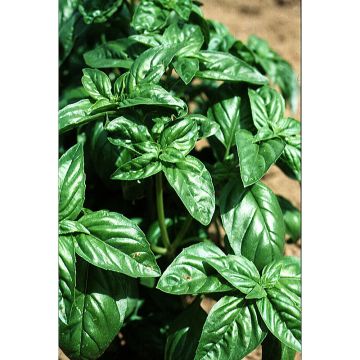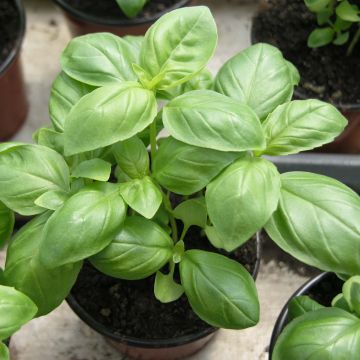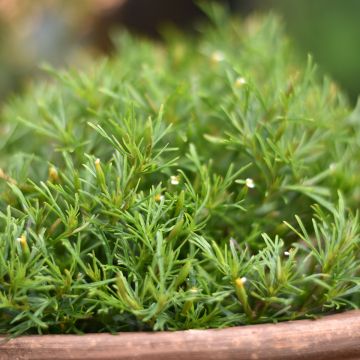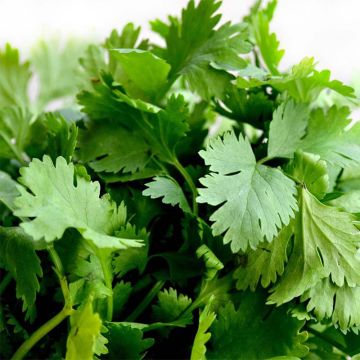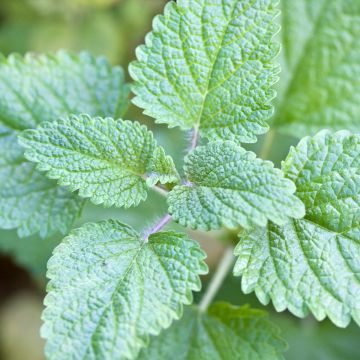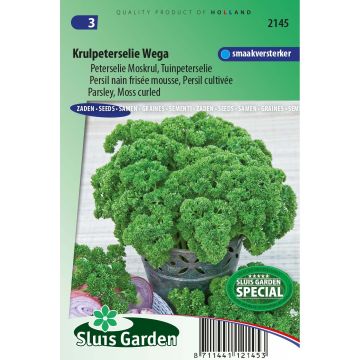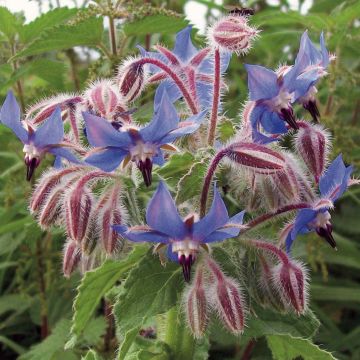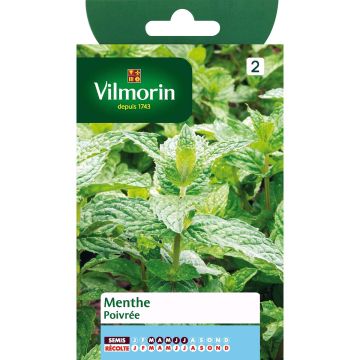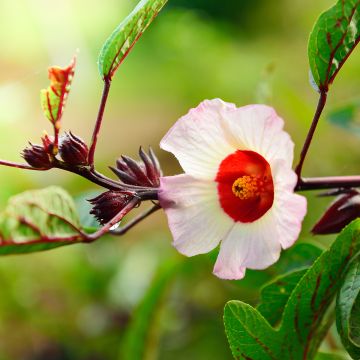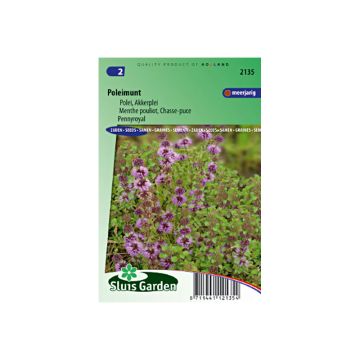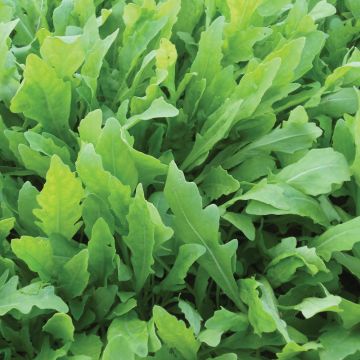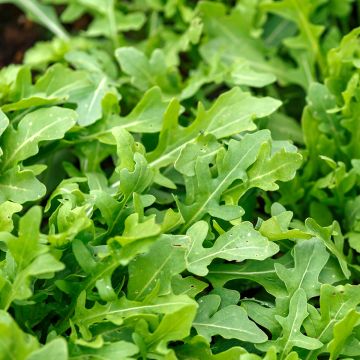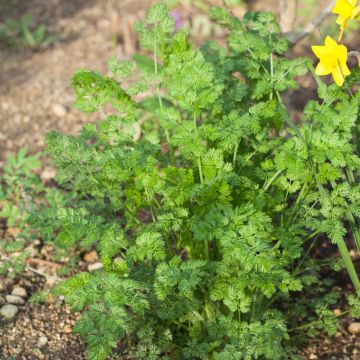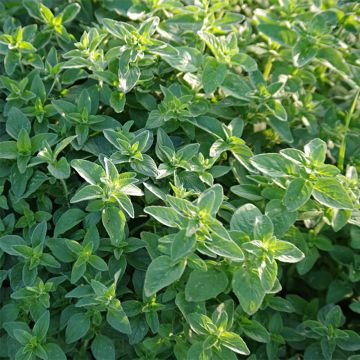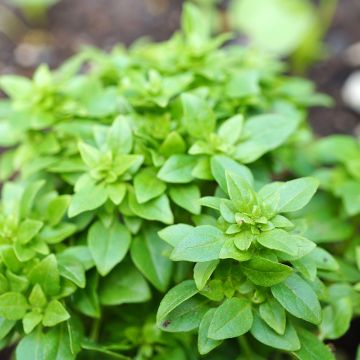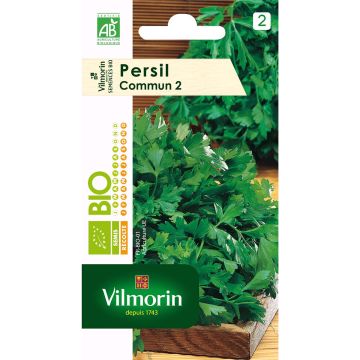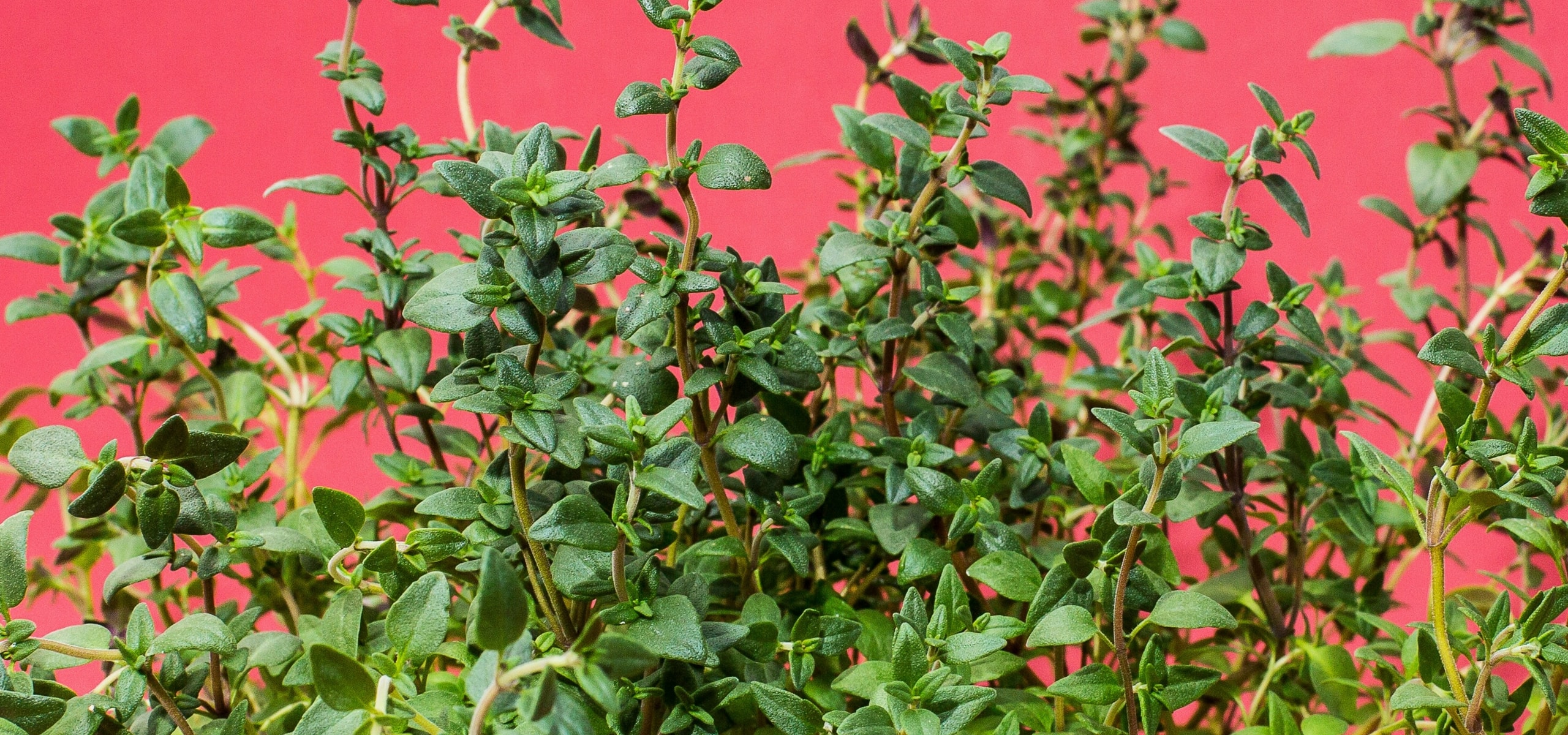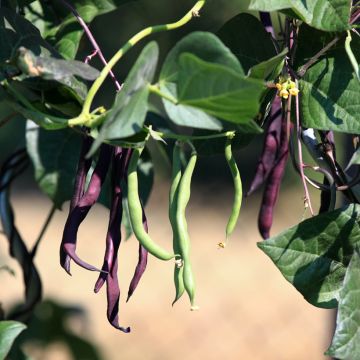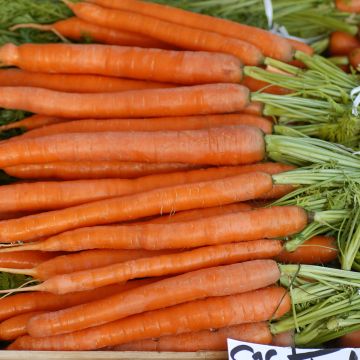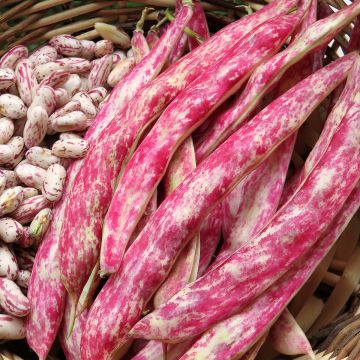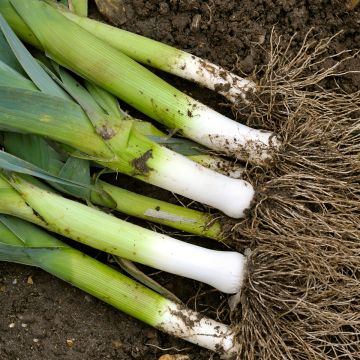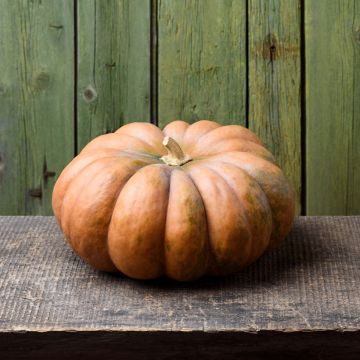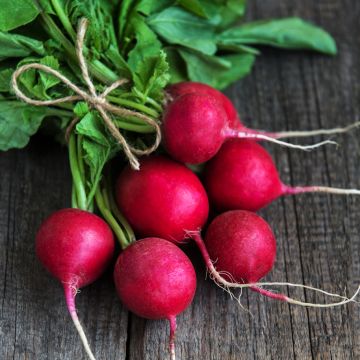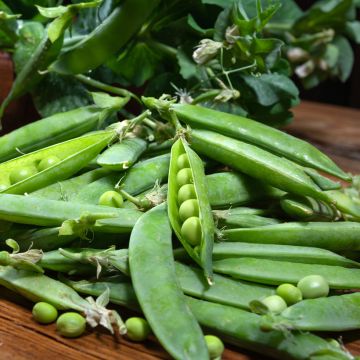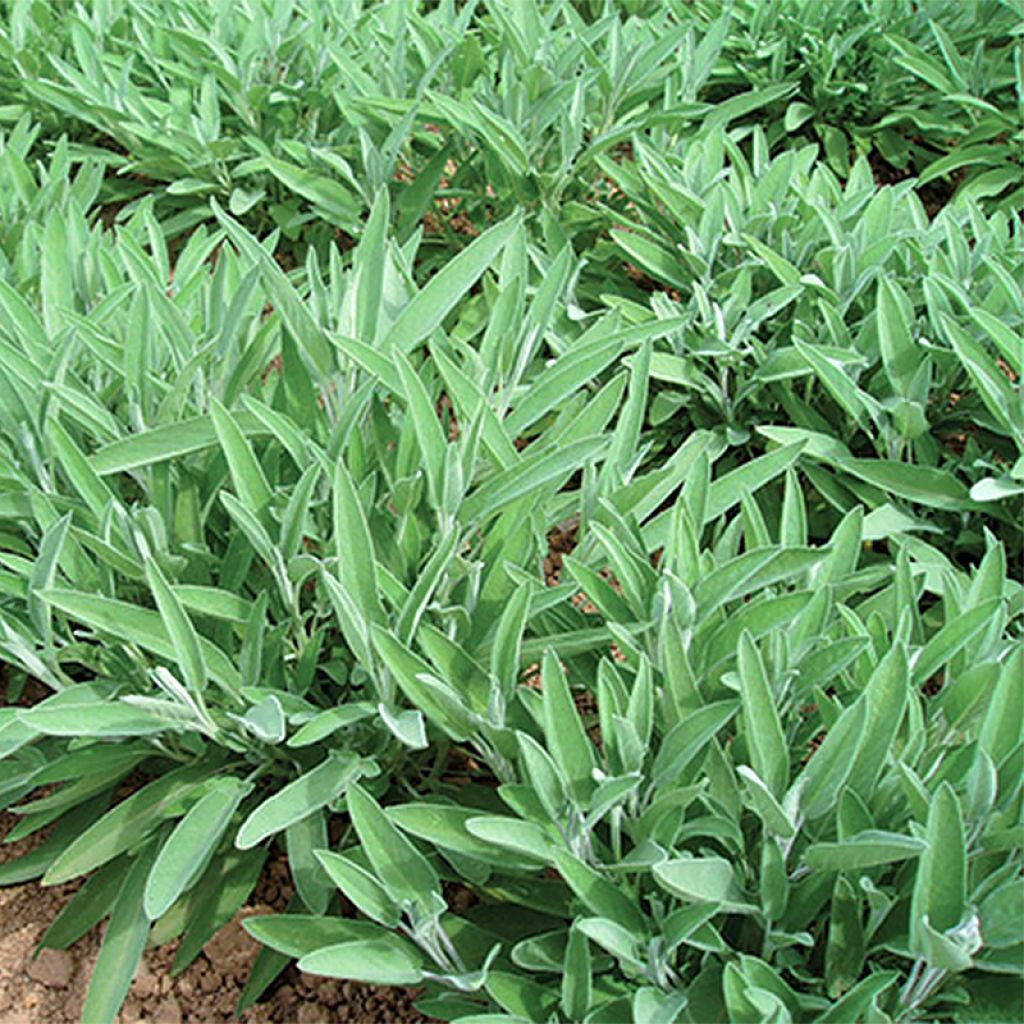

Sauge officinale Ceres Bio - Graines de Salvia officinalis
Salvia officinalis 'Ceres'
Salvia officinalis Ceres
Common Sage, Garden Sage, Culinary Sage, Broadleaf Sage
Special offer!
Receive a €20 voucher for any order over €90 (excluding delivery costs, credit notes, and plastic-free options)!
1- Add your favorite plants to your cart.
2- Once you have reached €90, confirm your order (you can even choose the delivery date!).
3- As soon as your order is shipped, you will receive an email containing your voucher code, valid for 3 months (90 days).
Your voucher is unique and can only be used once, for any order with a minimum value of €20, excluding delivery costs.
Can be combined with other current offers, non-divisible and non-refundable.
Why not try an alternative variety in stock?
View all →This plant carries a 6 months recovery warranty
More information
We guarantee the quality of our plants for a full growing cycle, and will replace at our expense any plant that fails to recover under normal climatic and planting conditions.
Description
The 'Ceres' Bio Officinal Sage, derived from the wild species Salvia officinalis, is a particularly aromatic selection, with foliage that has a high content of essential oils. It is an ornamental, aromatic, and medicinal subshrub that forms a bushy clump. It flowers in spring, with upright lavender-blue spikes that attract many pollinating insects. This plant is known for its simplicity, its highly fragrant grey-green foliage that remains beautiful throughout the year, and its accommodating nature. It is very hardy, fairly drought-resistant, and thrives in a consistent soil and warm, sunny exposure. Its foliage can be used fresh or dried to flavor cuisine or prepare infusions.
Sow 'Ceres' Bio sage from March to July for a harvest from July to December in the following year.
The medicinal properties of Sage have been known since ancient times. The Greeks and Romans used it to treat snake bites. The Egyptians appreciated its properties for embalming their deceased. "He who has sage in his garden has no need for a doctor": this saying demonstrates the importance attributed to the medicinal properties of Officinal Sage, also known as 'the saving plant'. Sage is indeed renowned for its diuretic, tonic, antiseptic, antiperspirant, and antispasmodic properties. In cuisine, fresh or dried leaves add flavour to fish, poultry, sauces, and vegetables. Add the leaves at the end of cooking to preserve their aroma. They can also be used in infusions. Fresh or dried leaves are used to flavour stews, fish, poultry, game, vegetables, and pasta. Sage contains a toxic essential oil in high doses.
Salvia officinalis, like all sages, belongs to the family Lamiaceae or Labiatae. It is native to Western Asia but has been widespread and naturalized in the Mediterranean region for a long time. The plant forms a beautiful clump composed of woody stems at the base, covered in small lanceolate leaves that are light green to grey on top and lighter on the underside. It can reach a height of 60 to 80cm (24 to 32in), with a diameter of about 40cm (16in), sometimes much larger in fertile soil. The flowering, which produces nectar and attracts bees, takes place in May-June, earlier or later depending on the climate. The floral spikes are upright and have square-section stems. The flowers are white and surrounded at the base by a velvety, light green sheathing calyx. The flowers have two lips coloured blue-purple. The evergreen foliage is composed of thick, ovate, narrow, fuzzy leaves with toothed edges. The plant tissues contain an essential oil with a characteristic odour.
Officinal Sage is easy to grow and requires the addition of well-decomposed compost (3 kg/m²) in late autumn or early spring.
Harvest: The leaves can be harvested from April to October by simply cutting the branches.
Storage: Dry the branches in the shade and store them in a dry place.
Gardener's tip: Regular weeding and hoeing should be done.
Report an error about the product description
Harvest
Plant habit
Foliage
Botanical data
Salvia
officinalis
Ceres
Lamiaceae
Common Sage, Garden Sage, Culinary Sage, Broadleaf Sage
West Asia
Perennial
Other Herb seeds
View all →Planting and care
Sowing: from March-April
Sow broadcast or in rows spaced 80cm (32in) apart, in well-tilled, refined soil free from weeds. Thin out the young plants when they reach 10cm (4in) and keep one every 40cm (16in).
Maintenance
Regularly perform hoeing and weeding. Water moderately. Well-rooted plants do not need any watering during summer, in all regions.
You can propagate Sage by dividing clumps in spring, thus allowing the young plants to regenerate and be relocated to another spot in the garden. This operation is recommended approximately every 5 years.
Seedlings
Care
Intended location
Planting & care advice
This item has not been reviewed yet - be the first to leave a review about it.
Similar products
Haven't found what you were looking for?
Hardiness is the lowest winter temperature a plant can endure without suffering serious damage or even dying. However, hardiness is affected by location (a sheltered area, such as a patio), protection (winter cover) and soil type (hardiness is improved by well-drained soil).

Photo Sharing Terms & Conditions
In order to encourage gardeners to interact and share their experiences, Promesse de fleurs offers various media enabling content to be uploaded onto its Site - in particular via the ‘Photo sharing’ module.
The User agrees to refrain from:
- Posting any content that is illegal, prejudicial, insulting, racist, inciteful to hatred, revisionist, contrary to public decency, that infringes on privacy or on the privacy rights of third parties, in particular the publicity rights of persons and goods, intellectual property rights, or the right to privacy.
- Submitting content on behalf of a third party;
- Impersonate the identity of a third party and/or publish any personal information about a third party;
In general, the User undertakes to refrain from any unethical behaviour.
All Content (in particular text, comments, files, images, photos, videos, creative works, etc.), which may be subject to property or intellectual property rights, image or other private rights, shall remain the property of the User, subject to the limited rights granted by the terms of the licence granted by Promesse de fleurs as stated below. Users are at liberty to publish or not to publish such Content on the Site, notably via the ‘Photo Sharing’ facility, and accept that this Content shall be made public and freely accessible, notably on the Internet.
Users further acknowledge, undertake to have ,and guarantee that they hold all necessary rights and permissions to publish such material on the Site, in particular with regard to the legislation in force pertaining to any privacy, property, intellectual property, image, or contractual rights, or rights of any other nature. By publishing such Content on the Site, Users acknowledge accepting full liability as publishers of the Content within the meaning of the law, and grant Promesse de fleurs, free of charge, an inclusive, worldwide licence for the said Content for the entire duration of its publication, including all reproduction, representation, up/downloading, displaying, performing, transmission, and storage rights.
Users also grant permission for their name to be linked to the Content and accept that this link may not always be made available.
By engaging in posting material, Users consent to their Content becoming automatically accessible on the Internet, in particular on other sites and/or blogs and/or web pages of the Promesse de fleurs site, including in particular social pages and the Promesse de fleurs catalogue.
Users may secure the removal of entrusted content free of charge by issuing a simple request via our contact form.
The flowering period indicated on our website applies to countries and regions located in USDA zone 8 (France, the United Kingdom, Ireland, the Netherlands, etc.)
It will vary according to where you live:
- In zones 9 to 10 (Italy, Spain, Greece, etc.), flowering will occur about 2 to 4 weeks earlier.
- In zones 6 to 7 (Germany, Poland, Slovenia, and lower mountainous regions), flowering will be delayed by 2 to 3 weeks.
- In zone 5 (Central Europe, Scandinavia), blooming will be delayed by 3 to 5 weeks.
In temperate climates, pruning of spring-flowering shrubs (forsythia, spireas, etc.) should be done just after flowering.
Pruning of summer-flowering shrubs (Indian Lilac, Perovskia, etc.) can be done in winter or spring.
In cold regions as well as with frost-sensitive plants, avoid pruning too early when severe frosts may still occur.
The planting period indicated on our website applies to countries and regions located in USDA zone 8 (France, United Kingdom, Ireland, Netherlands).
It will vary according to where you live:
- In Mediterranean zones (Marseille, Madrid, Milan, etc.), autumn and winter are the best planting periods.
- In continental zones (Strasbourg, Munich, Vienna, etc.), delay planting by 2 to 3 weeks in spring and bring it forward by 2 to 4 weeks in autumn.
- In mountainous regions (the Alps, Pyrenees, Carpathians, etc.), it is best to plant in late spring (May-June) or late summer (August-September).
The harvesting period indicated on our website applies to countries and regions in USDA zone 8 (France, England, Ireland, the Netherlands).
In colder areas (Scandinavia, Poland, Austria...) fruit and vegetable harvests are likely to be delayed by 3-4 weeks.
In warmer areas (Italy, Spain, Greece, etc.), harvesting will probably take place earlier, depending on weather conditions.
The sowing periods indicated on our website apply to countries and regions within USDA Zone 8 (France, UK, Ireland, Netherlands).
In colder areas (Scandinavia, Poland, Austria...), delay any outdoor sowing by 3-4 weeks, or sow under glass.
In warmer climes (Italy, Spain, Greece, etc.), bring outdoor sowing forward by a few weeks.






























